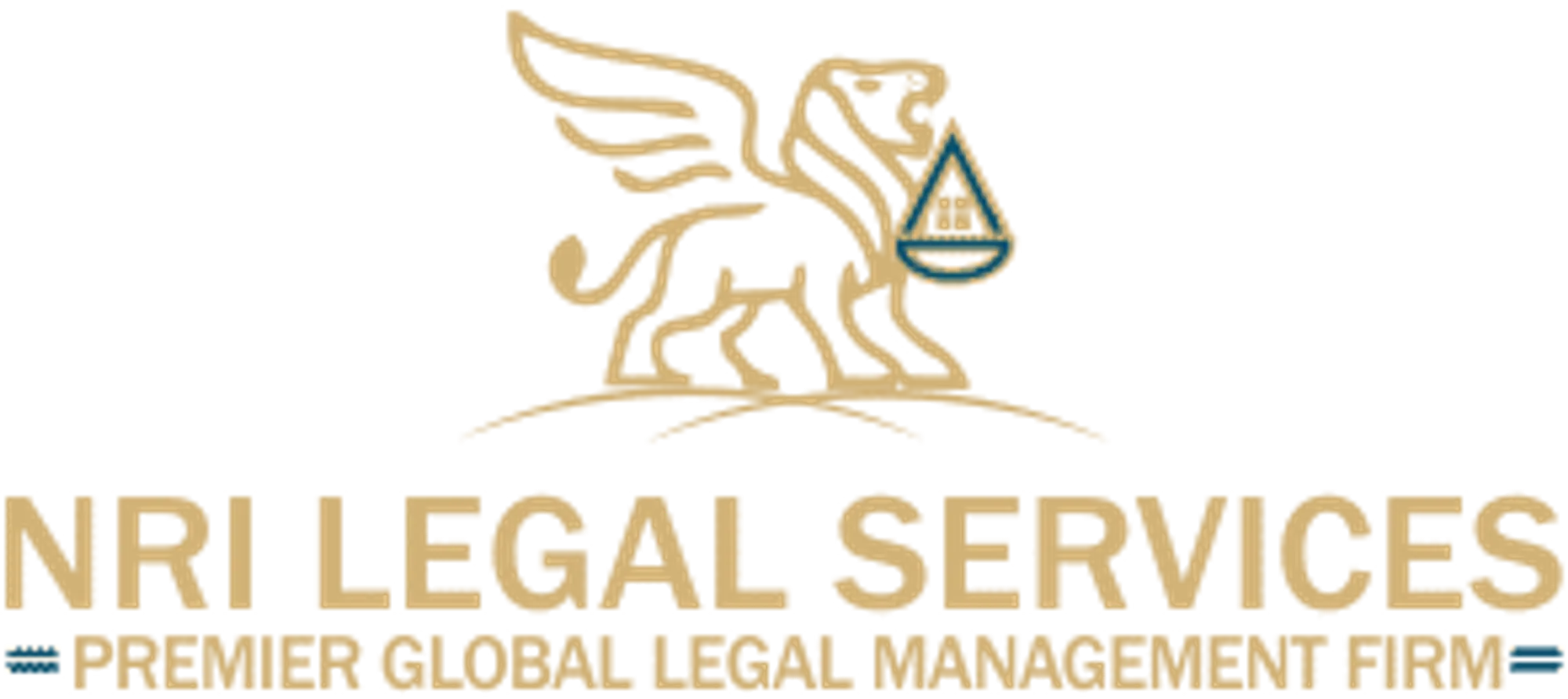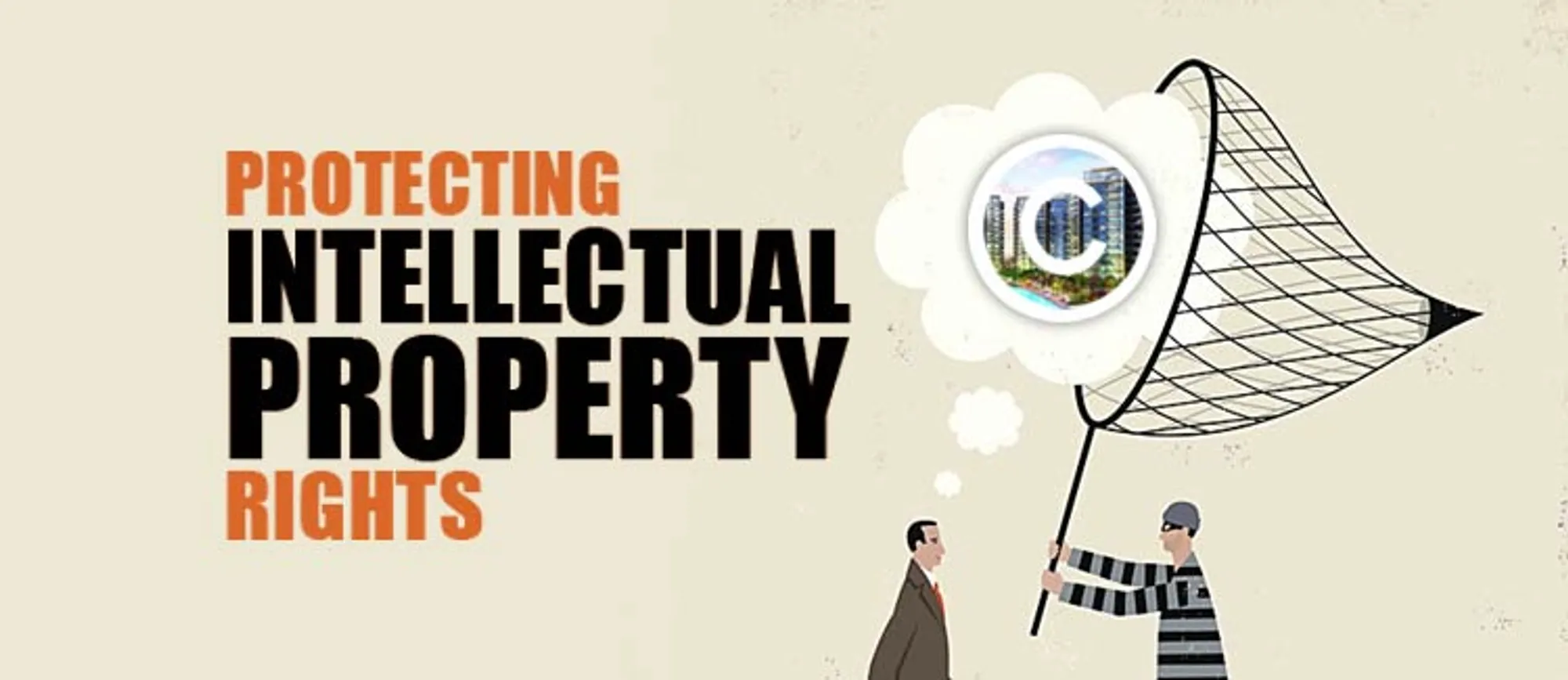Property, as we traditionally know it, included the real estate and there has been plenty of talk about protecting an individual’s rights on property in this sense. But over the years intellectual property has come to be known as an important component of an individual’s assets. Protecting your intellectual property rights is as vital as protecting any other asset. Hence knowledge about this is crucial for all.
Table of Contents
What is ‘Intellectual Property?’
Intellectual Property (IP) is an intangible asset of a company which includes expressions, knowledge or creative ideas of the human mind that have a commercial value and can be protected.
IP can be protected under patent, copyright, trademark, service mark, or trade secret laws from violation, imitation, and dilution.
It is one of the most readily marketable properties in the digital market. It includes:
- inventions
- formulas
- branding techniques
- knowledge
- discoveries
- software
- artistic work (e.g. drawings, paintings, photographs, and sculptures)
- literary work (e.g. novels, poems, and plays)
- film, musical work
- architectural designs
- registered designs
- industrial designs
- geographical indications
Types of Intellectual Property
IP can be categorised into two broad categories:
Industrial Property – that includes patents, trademarks, geographic indications and industrial designs
Copyright – which includes literary, musical and artistic works, architectural designs
Types of Intellectual Property Rights
The different types of Intellectual Property Rights are:
Copyright
- is a legal term which is used to explain the rights of the inventors that they have over their musical artistic, and literary work
- it covers work such as books, music, databases, maps, paintings, computer programs, sculptures, films, technical drawings, and advertisements
Patent
- exclusionary right permitted to an invention
- the owner has the right to decide who, how and if others can use the invention
- to get this right the owner of the patent has to make all the technical information about the invention publicly available in the published patent document
Trademark
- is a phrase, design, word, or symbol capable of differentiating the goods or services of one undertaking from others/competitors
- gives a unique identity to the product or service which helps the consumer to identify the product or service
- gives the owner right to give authority to others to use their identity in return for a payment
- blocks the attempts of competitors to market counterfeits
Trade secret
- is a device, information, formula, or device that an enterprise keeps as a secret which gives them an advantage over their opponents
- such as computer algorithms, product formulas, survey results, or client lists, etc.
- protection can’t be obtained by registering owner can protect the secret as long as he/she takes necessary steps to control the usage of the information
- can be maintained if the owner takes steps such as using non-disclosure agreements, post-employment restrictive bonds, restricting the access to the confidential information, etc.
Geographic indication/ appellation of origin
- is a sign used on goods that provide identity, reputation or other qualities to the product on the basis of its specific geographical origin. Such as Darjeeling (tea) and Tuscany (olive oil)
- may be used for a wide variation of agricultural products such as tea from Darjeeling, coffee from Karnataka, etc.
- also for products that differ as per qualities such as manufacturing skills and traditions of the place of origin
Industrial design
- is an aesthetic or ornamental aspect of the product
- involves creation and development notions and specifics that optimize the value, presentation, and function of the product for the benefit of both the parties concerned i.e. user and manufacturer
- can consist of two-dimensional features such as lines, patterns, etc. or three-dimensional features such as surface, shape, etc.
- is implemented to products such as medical instruments, jewellery, vehicles, leisure goods, etc.
Intellectual Property Laws
The laws that govern Intellectual Property are as follows:
- The Copyright (Amendment) Act, 2012 (2012)
- The Trade Marks (Amendment) Act, 2010 (2010)
- The Competition (Amendment) Act, 2009 (2009)
- Patents (Amendment) Act, 2005 (2005)
- The Geographical Indications of Goods (Registration and Protection) Act, 1999 (2003)
- The Designs Act, 2000 (2000)
An awareness about protecting your intellectual property rights tantamounts to protecting your biggest asset – your knowledge and skills. It is good to understand how these are defined and what laws govern them.

